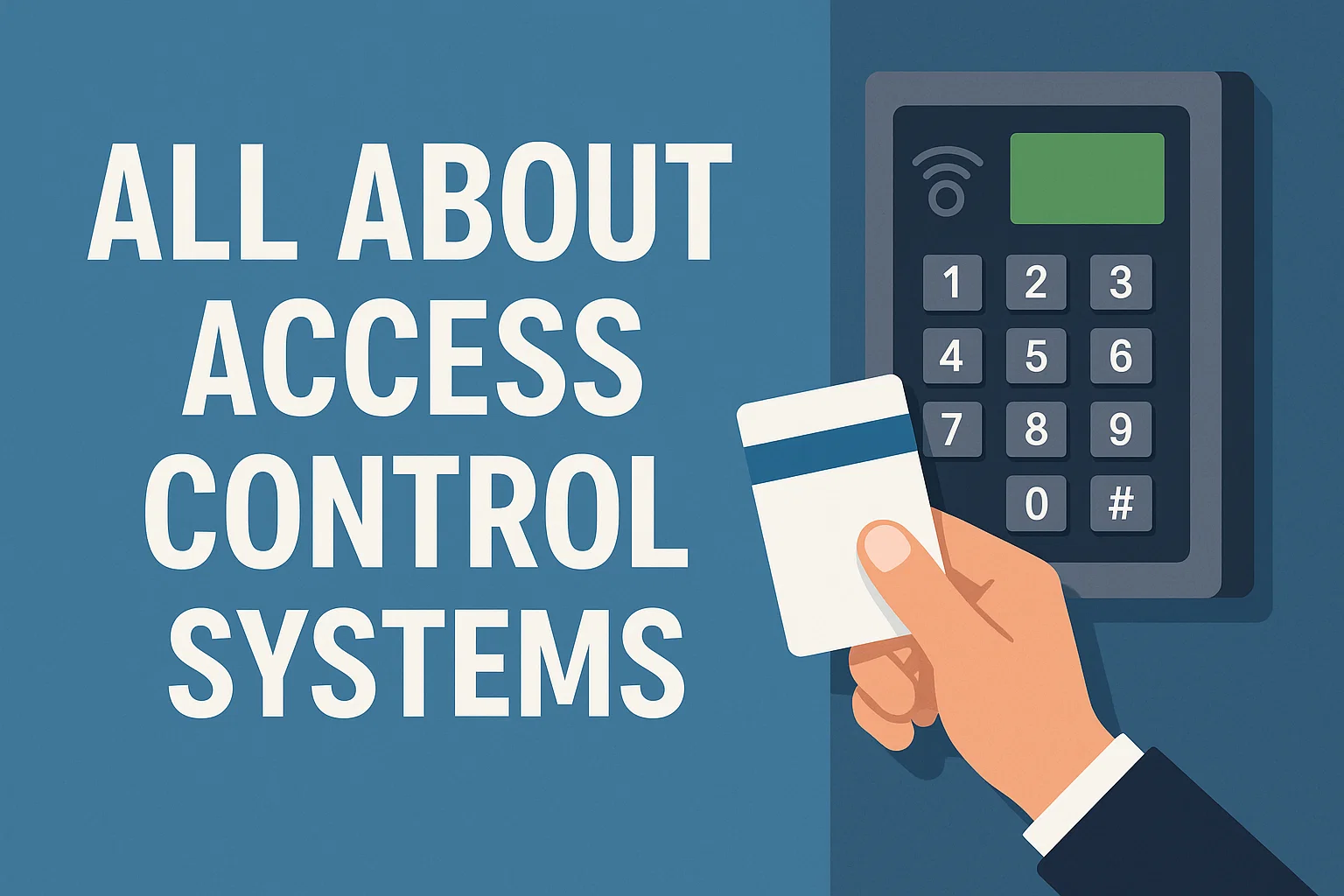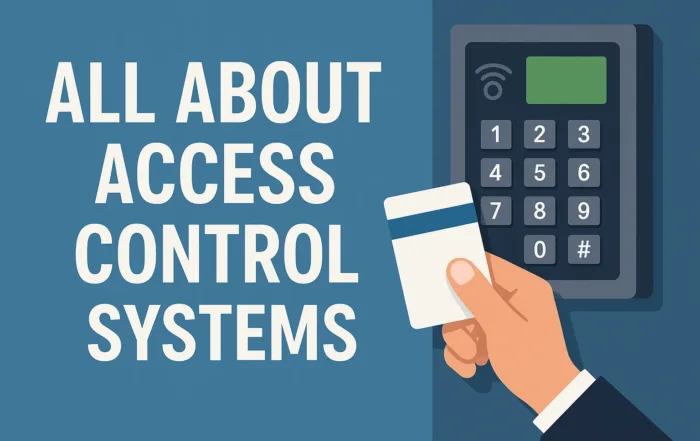
Securing your premises effectively is crucial for protecting your employees, property, and sensitive information. Access control systems offer powerful solutions to manage and restrict entry, ensuring only authorized individuals can access specific areas. Whether you’re safeguarding a small office, large commercial facility, or multiple locations, understanding the fundamentals, types, benefits, and management of access control systems is key. This comprehensive guide covers everything you need to know about access control, empowering you to make informed decisions for superior security and convenience.
Table of Contents
- What is an Access Control System?
- Types of Access Control Systems
- Benefits of Installing an Access Control System
- Cloud-Based vs. Locally Managed Access Control Systems
- Choosing the Right Access Control System for Your Needs
- The Installation Process of Access Control Systems
- Managing Your Access Control System
- Common FAQs About Access Control Systems
Main Takeaways
-
Access control systems enhance security by electronically managing entry permissions.
-
Systems range from basic discretionary models to advanced biometric solutions.
-
Cloud-based systems offer remote accessibility; local systems ensure enhanced privacy.
-
Regular maintenance ensures optimal system performance and reliability.
-
Professional consultation ensures a tailored access control system that fits your security needs.
What is an Access Control System?
An access control system is an advanced security solution that restricts and manages entry to designated areas of a facility or property. These systems replace traditional keys with electronic access, enhancing security through individualized access permissions. They utilize credentials such as key cards, PIN codes, biometric identifiers, and mobile devices to ensure only authorized personnel gain access.
How Do Access Control Systems Work?
Access control systems use electronic locks, credentials, and readers. Users present their credential, the reader validates authorization, and the system electronically unlocks the door if authorized. Every transaction is logged, allowing detailed record-keeping and monitoring.
Access control systems utilize various credentials to authenticate users, providing flexible and secure entry options tailored to your needs. Common credentials include numeric codes entered via keypads, proximity cards or key fobs that users simply tap or swipe, and advanced biometric identifiers like fingerprints, facial recognition, or iris scans. These diverse credential options offer varying degrees of security and convenience, enabling organizations to select solutions best suited to their security requirements and operational preferences.
Door Strikes Cut in by Locksmith
When installing access control systems, it’s common to require a specialized door strike installed directly into the door frame. A locksmith typically performs this precise modification, known as cutting in a door strike, ensuring secure and reliable operation of the electronic locking mechanism. The strike holds the latch or bolt securely when the door is locked, releasing electronically upon proper authorization. Professional locksmith installation guarantees accurate alignment and proper function, essential for maintaining both security and the longevity of your access control system.
Types of Access Control Systems
Discretionary Access Control (DAC)
DAC allows system administrators to define who has access to specific areas or resources. It offers great flexibility but relies heavily on users managing permissions.
Mandatory Access Control (MAC)
MAC strictly manages access based on predefined security labels assigned to users and resources. This model is often utilized in high-security settings, like government and military facilities.
Role-Based Access Control (RBAC)
RBAC assigns access privileges based on user roles within an organization. For example, HR managers may have different access than IT technicians.
Biometric Access Control
Biometric systems authenticate users through unique biological traits such as fingerprints, facial recognition, or retina scans, offering enhanced security and convenience.
Benefits of Installing an Access Control System
Enhanced Security
Electronic access control significantly reduces unauthorized entry risks, protecting assets and sensitive information.
Detailed Entry Logs
Access control systems record entry and exit events, allowing for precise audit trails and enhancing accountability.
Convenience and Efficiency
Managing electronic credentials is simpler and faster than traditional keys, streamlining entry processes and reducing the overhead associated with key management.
Scalability
These systems are adaptable, easily expanding from single-door solutions to comprehensive multi-location installations.
Cloud-Based vs. Locally Managed Access Control Systems
Cloud-Based Access Control
- Remote management from anywhere
- Automatic updates and backups
- Excellent for multi-site management
Local Access Control Systems
- Operated entirely on-premises
- Enhanced privacy and security control
- No dependency on internet connectivity
Choosing the Right Access Control System for Your Needs
Consider factors such as facility size, security requirements, budget, scalability, and the level of management desired. Consulting a professional security provider like Central Signal ensures tailored solutions.
The Installation Process of Access Control Systems
Step-by-Step Installation Guide
- Site survey and system design
- Selection of appropriate hardware and software
- Professional installation by licensed technicians
- System testing and fine-tuning
- Training for administrators and users
Managing Your Access Control System
Effective management includes regularly updating permissions, reviewing access logs, performing system updates, and scheduling preventive maintenance to ensure continued security and reliability.
Common FAQs About Access Control Systems
How much does an access control system cost?
Cost varies significantly depending on system complexity, facility size, and specific technology used. Systems typically range from $500 to $5,000 per door installed.
Can access control systems integrate with other security technologies?
Yes, most modern access control systems can integrate seamlessly with video surveillance, alarm systems, and intercoms, creating a comprehensive security infrastructure.
Are access control systems difficult to manage?
No, modern access control platforms are intuitive, allowing easy management of users, permissions, and system monitoring from user-friendly interfaces.
Do access control systems require regular maintenance?
Yes, regular maintenance ensures optimal performance, including software updates, battery checks, and hardware inspections, reducing potential downtime or malfunctions.
Secure Your Property Today
Don’t compromise on security. Contact Central Signal today to get a free quote and explore customized access control solutions designed to protect your assets effectively and conveniently.


